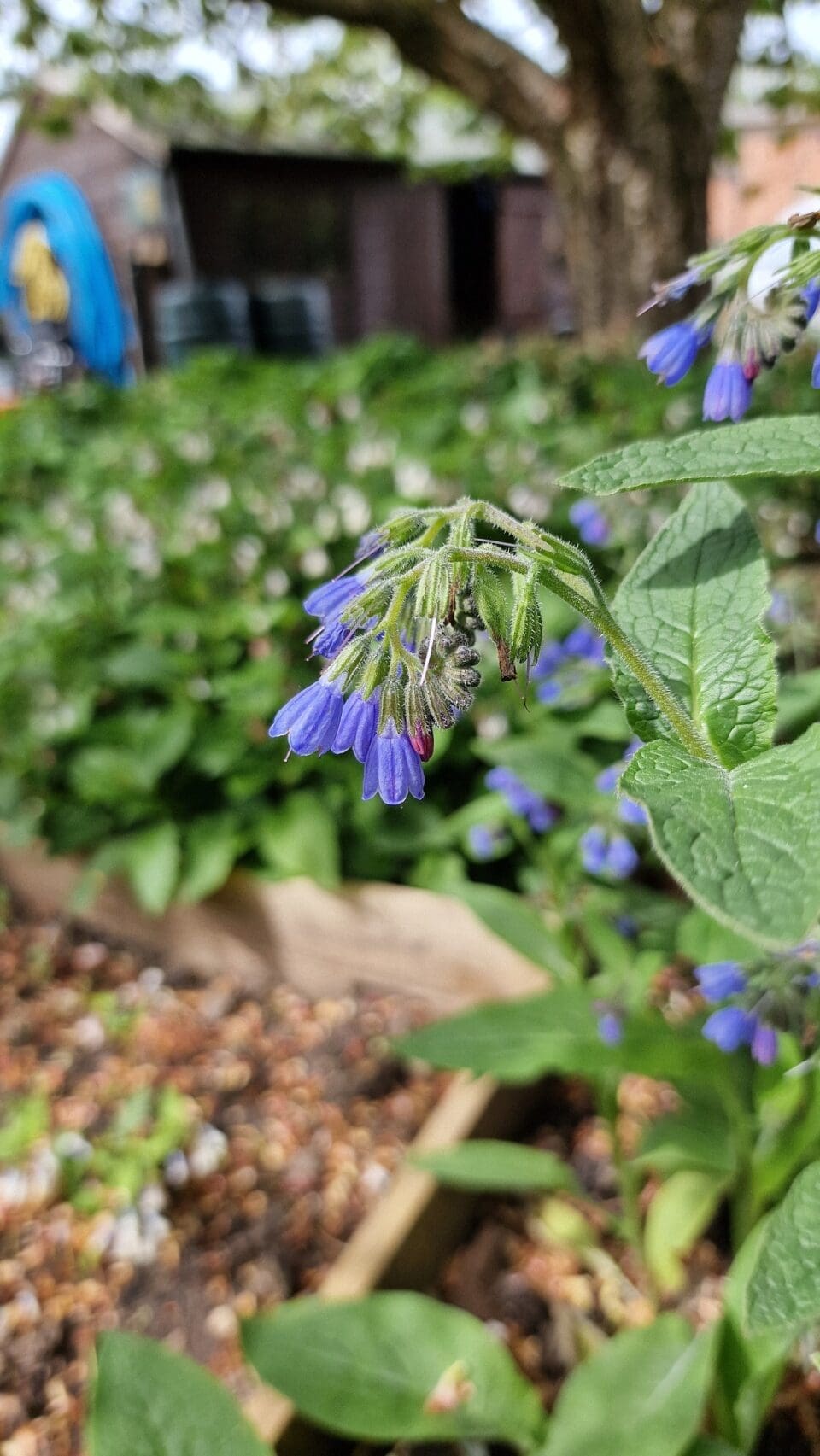
Garden Organic is home to the National Collection of Comfrey (Symphytum). This Plant Heritage status gives recognition to the charity’s work in developing and preserving 30 varieties of the herb over several decades. And now, ethical vitamin company Viridian Nutrition is sponsoring the continued growth of the collection at the charity’s home at Ryton Gardens, Coventry.
For Garden Organic, comfrey is at the heart of the charity, which has been growing the herb throughout its 65-year history – well before being awarded National Collection status. Comfrey has long been prized by gardeners for its valuable nutrients, which include nitrogen, phosphorus and potassium, creating a natural organic fertiliser for many flowering and fruiting plants. Emma O’Neill, head gardener at Garden Organic, said: “Comfrey is a gardener’s ally, not only providing a useful feed but also acting as a compost activator, mulch and pollinator attractant. Every garden should have one!”
HOW TO GROW COMFREY
• Choose your site carefully – it needs full sun but will grow in most soil types (except very shallow or chalky). Comfrey can live for 20 or more years, so it’s a great perennial that you don’t need to replace but it is too vigorous to grow in a pot,
• Allow 60-90cm between plants.
• Once established, it needs very little maintenance, however, to maximise your comfrey crop, extra feeding with manure and compost or grass clippings will all help to produce more leaves.
• Cuttings planted in spring will produce a first leaf harvest before the end of the growing season.
• To maximise leaf growth, remove flowering stems in the first season. This will pay dividends in the second year.

HOW TO MAKE COMFREY LIQUID FERTILISER
• Cut off the leaves about 5cm above soil level. Wear gloves, as the stems are covered in stiff hairs that can irritate the skin.
• Fill a bucket or barrel with water and add approximately 1kg of cut or bruised leaves to every 15 litres of water. You needn’t be too precise!
• Press the leaves down firmly so they are covered with water and cover the container.
• After four to six weeks a noxious (very) smelly brown liquid is ready for use. There is no need to dilute.
• Strain off the sludge at the bottom and put it on the compost heap.





